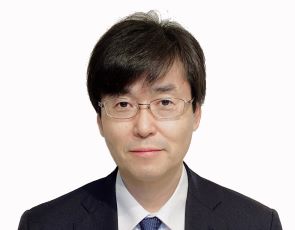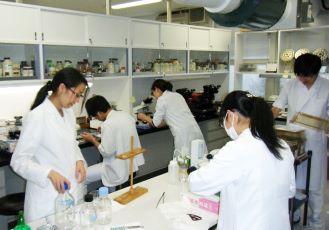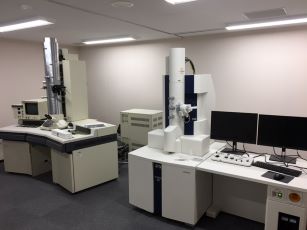- Home
- Social Action
- ★One Health Relay Report #30★
About "Bones"

Profile #30: Dr. AMIZUKA Norio, Professor
Department of Developmental Biology of Hard Tissue,
Division of Oral Health Science, Faculty of Dental Medicine
【Research Topics】
・Biological and Ultrastructural analyses on bone and cartilage
・Investigation on bone metabolic diseases such as osteoporosis and osteomalacia
・Regulatory interaction among bone, kidney and blood vessels
~Unraveling the mystery of bone~
Human bones are hard tissues composed of calcium phosphates, which serve to support the body and collaborate with muscles to allow movement. Bone cells are continuously replaced, turning old bone into new bone, and when the balanced replacement of bones is disrupted, the bone becomes osteoporotic and easily fractured. In bone, many bone cells called osteocytes build functional cellular networks, which transport bone minerals, such as calcium and phosphate, and release hormones to other organs, including the kidneys. Thus, bone interacts with other organs to maintain homeostasis in humans, but this is disturbed when patients have underlying diseases, such as chronic kidney disease and diabetes mellitus.
In our laboratory, researchers and Ph.D. students work on calcified tissues, including bone, cartilage, and teeth, particularly the molecular mechanism of calcification, cellular events against drugs for osteoporosis, congenital deformities and genetic mutations related to the skeleton, the regulatory system of serum calcium and inorganic phosphates, ectopic calcification events such as vascular calcification, and interaction with other organs. To elucidate these subjects, we often examine genetically modified mice and mouse models mimicking human diseases in vivo by using transmission electron microscopy methods, including immune-electron microscopy, micro-CT, and elemental mapping with EPMA/EDX*1.
*1EPMA(electro probe micro-analyzer) and EDX(Energy Dispersive X-ray spectroscopy)are element analysis methods. Characteristic X-rays generated from a specimen are detected by EPMA or EDX to provide useful information on the identification, location and quantification of elements within the specimens.

Snapshot of our laboratory
Ph.D. students usually perform dental treatments at Hokkaido University and come to our laboratory thereafter (therefore, it is sometimes crowded).

Transmission electron microscope (TEM)
Our laboratory is equipped with two TEMs (H-7100 and H-7800), which are effective instruments for the ultrastructural observation of bone.

Brief celebration of students’ Ph.D. theses in March 2022.
